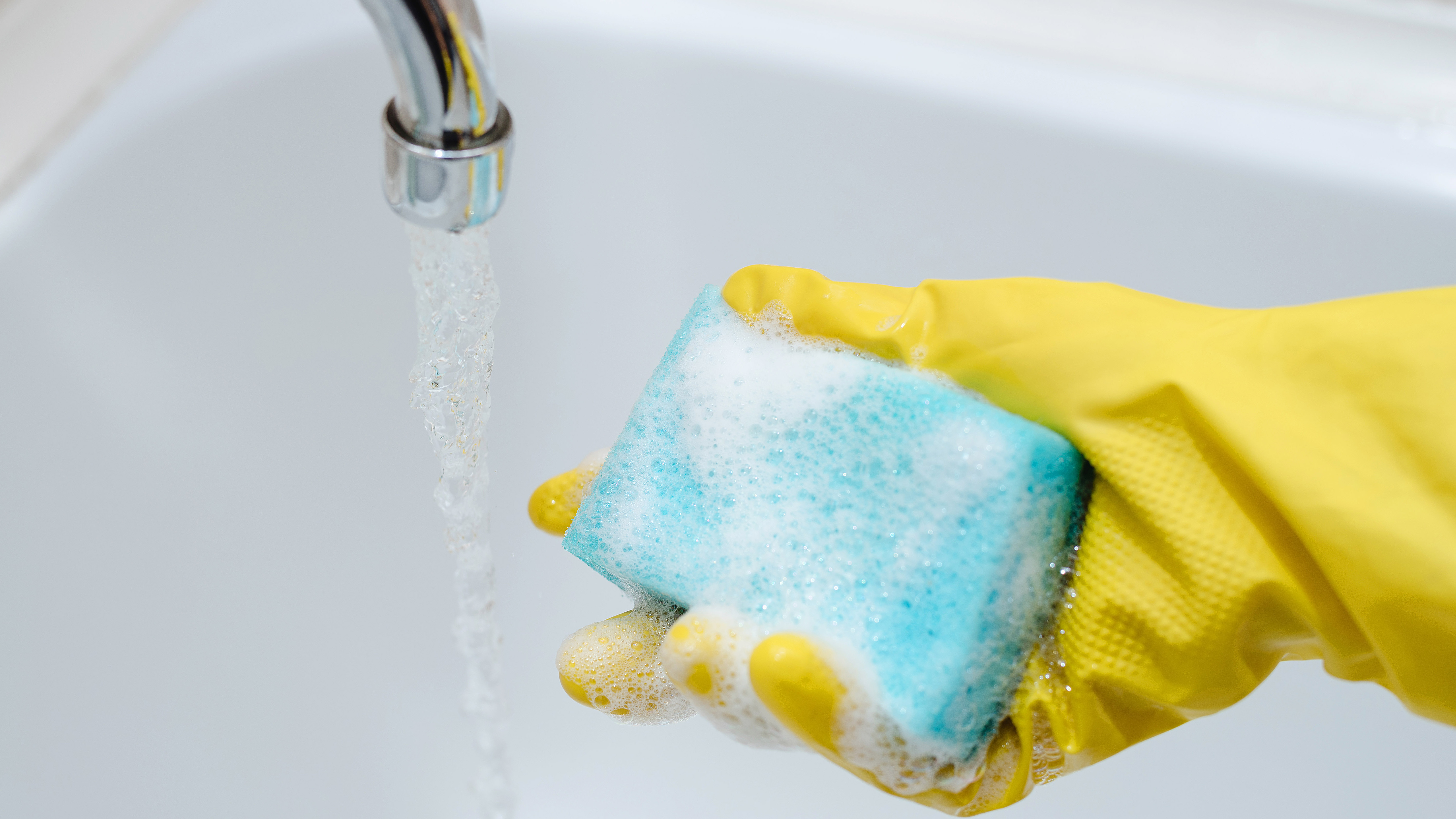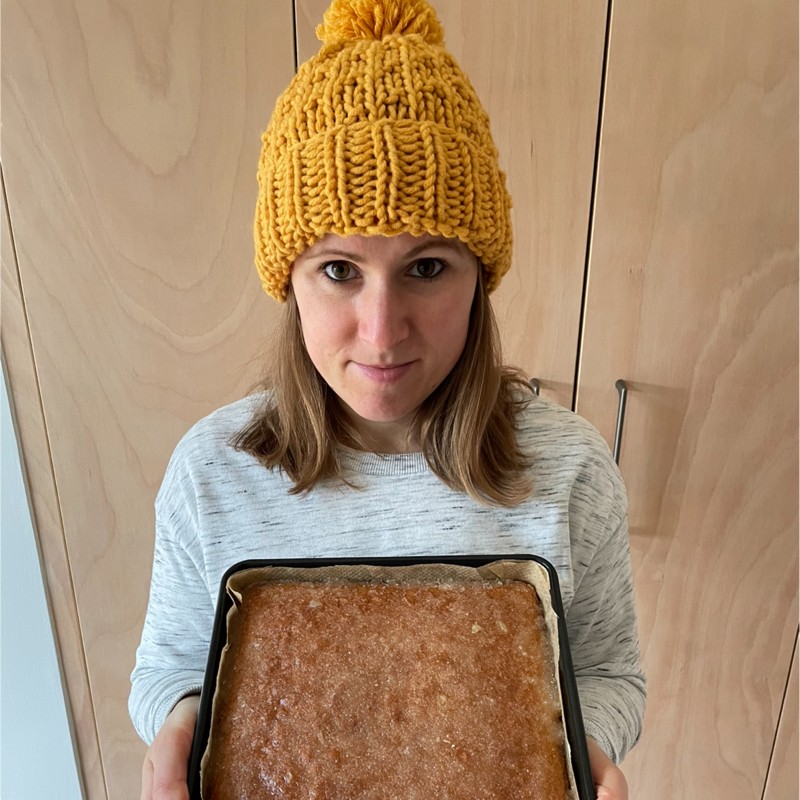How to clean a food processor
The best and easiest ways of cleaning this tricky appliance

Food processors are a real workhorse of the kitchen, they help you create huge bowls of sliced and shredded vegetables for salads and slaws with minimal effort. They’re great for chopping onions and grinding beef, whipping cream, or even mixing dough, but cleaning all those fiddly parts and sharp blades is almost enough to put you off using it altogether.
However, it’s vital that you clean a food processor thoroughly after use, this will prolong the life of the appliance and keep the blades in tip-top condition. Plus, nobody wants whipped cream with a hint of onion flavor because the food processor wasn’t cleaned properly between uses.
From a food hygiene standpoint, there’s plenty of reasons to be thorough when cleaning your food processor. Always pay particular attention to appliances that can be used for raw meat and fish as well as ready-to-eat foods, because if not properly cleaned they could harbor bacteria and transfer it from raw to cooked foods. With that in mind, we’ve put together our best advice on how to clean your food processor safely and without too much elbow grease, so that you can make the most of using this versatile appliance to take the hard work out of creating delicious meals for friends and family.
Read on to find out just how to clean a food processor, or if you want to get your hands on one of the best food processors right now, check out these great deals for some of the best prices on the market.
Doesn't the dishwasher do it all?
If you have a dishwasher and your food processor has dishwasher safe parts, then cleaning it won’t be too tricky, you can pop it all in the dishwasher and carry on with your day. But even when cleaning your food processor and all its attachments in the dishwasher, there are a few things to remember.
Firstly, have a read of the product manual and take note when it advises washing certain attachments on the top shelf only. This advice is based on the fact that the top shelf of the dishwasher is gentler and less damaging, so don’t ignore the advice to wash attachments on the top shelf.
The second important thing to note is how you load sharp blades into the dishwasher. It’s vital that blades are loaded in a way that won’t be dangerous to the person unloading the dishwasher. Additionally, don’t allow sharp blades to come into contact with other dishes in case of damage. You’ll also need to make sure blades don’t rub against dishwasher shelves, they can cut into plastic coatings on the shelves which will cause them to corrode in the long term.
Get daily insight, inspiration and deals in your inbox
Sign up for breaking news, reviews, opinion, top tech deals, and more.
Unlike some of the best blenders, food processors don’t come with auto clean programs that allow you to clean the appliance by adding water and dishwashing detergent and then running an auto program. To wash by hand, use warm water and your usual dishwashing detergent, and always disassemble the food processor completely before attempting to clean any part of it.
To make life easier it’s advisable to rinse the bowl and attachments immediately after use, this will stop food from drying on and leaving stubborn residues that are tricky to remove. Never leave blades or any sharp attachments to soak in your sink, there’s a danger that someone else in the house will put their hand in the water and cut themselves. It’s also important to never use harsh abrasive scrubbers as these may damage or cloud the bowl and attachments.

How to clean food processor attachments safely
The easiest and safest way to wash sharp attachments is using a long-handled dish-washing brush, this allows you to thoroughly clean around sharp blades as well as get into all the small grating holes in the discs, without getting your hands too close to anything sharp. If there’s a hole running up the center column of your blade attachment, use a bottle brush to remove any buildup of food that has made its way in there.
You might think it goes without saying, but always handle parts carefully and keep your hands away from blades when moving and cleaning the attachments. Be mindful of the fact that sharp attachments may become slippery when wet, rubber dishwashing gloves will help you to grip onto them better and minimize the risk of accidents.
The bowl and lid should be easy enough to wash with a sponge, pay close attention to the part in the bowl where the blades attach, and make sure you dislodge any debris that’s built up there. For any smaller areas that are trickier to clean, like the feed chute, use a bottle brush to reach into these parts.
To clean the base, unplug it from the power outlet and wipe it over it with a soft damp cloth. Pay particular attention to the top where the blade system attaches and also the area around the buttons, then dry thoroughly. The base houses the motor and all the electrical components so should never be submerged in water.
Drying is an important part of the process, putting away a damp food processor can lead to mold and bacteria growth, at the very least it might be smelly next time you come to use it. Dry all parts thoroughly and if there are spots that are awkward to dry with a dish towel, leave to air dry before reassembling and putting away. Likewise, if you’re concerned about cutting yourself when drying sharp attachments, leave them to air dry in a safe place. Be sure not to leave them where someone else will accidentally touch them and get injured.
Finally, banish lingering smells such as raw onion, garlic, or curry from your food processor bowl, by making up a paste of one part baking soda to one part water and spreading it around the bowl. Leave it for a short time, twenty minutes or so should be long enough to absorb smells. Then rinse thoroughly to remove any traces of the baking soda. Repeat the process if the smell isn’t fully removed the first time around.
- Check out these great Nutribullet deals

Helen is a freelance writer who specializes in kitchen and home appliances, and has written for some of the biggest home-related titles around. She has been reviewing small appliances, including blenders, air fryers, and vacuums for more than 15 years. When she's not busy testing the latest food and home gadgets, she enjoys DIY and gardening.